Unsupervised Learning
Unsupervised learning is a type of machine learning where the algorithm is trained on a dataset that does not have any labeled outcomes. In other words, the algorithm must find structure and patterns in the data on its own, without any explicit guidance on what to look for. This is in contrast to supervised learning, where the algorithm is trained on a dataset that includes both the input data and the corresponding correct outputs.
Key characteristics of unsupervised learning include:
Pattern Discovery: One of the primary goals is to discover hidden patterns or intrinsic structures in the data. For instance, it can identify clusters of similar data points in a dataset where the classes or categories are not previously known.
Dimensionality Reduction: Unsupervised learning algorithms can be used for dimensionality reduction, where high-dimensional data is transformed into a lower-dimensional space, making it easier to visualize and interpret, while retaining as much of the significant information as possible.
Anomaly Detection: These algorithms can be used to detect unusual data points in the dataset, which can be useful for identifying outliers or anomalies that might indicate errors or important but rare events.
Types of Algorithms: Common unsupervised learning algorithms include clustering algorithms like K-means, hierarchical clustering, and DBSCAN, and dimensionality reduction algorithms like PCA (Principal Component Analysis) and t-SNE.
Unsupervised learning is particularly useful in scenarios where it's impractical or impossible to obtain labeled data. Examples include customer segmentation in marketing, gene expression analysis in biology, and anomaly detection in network security.

